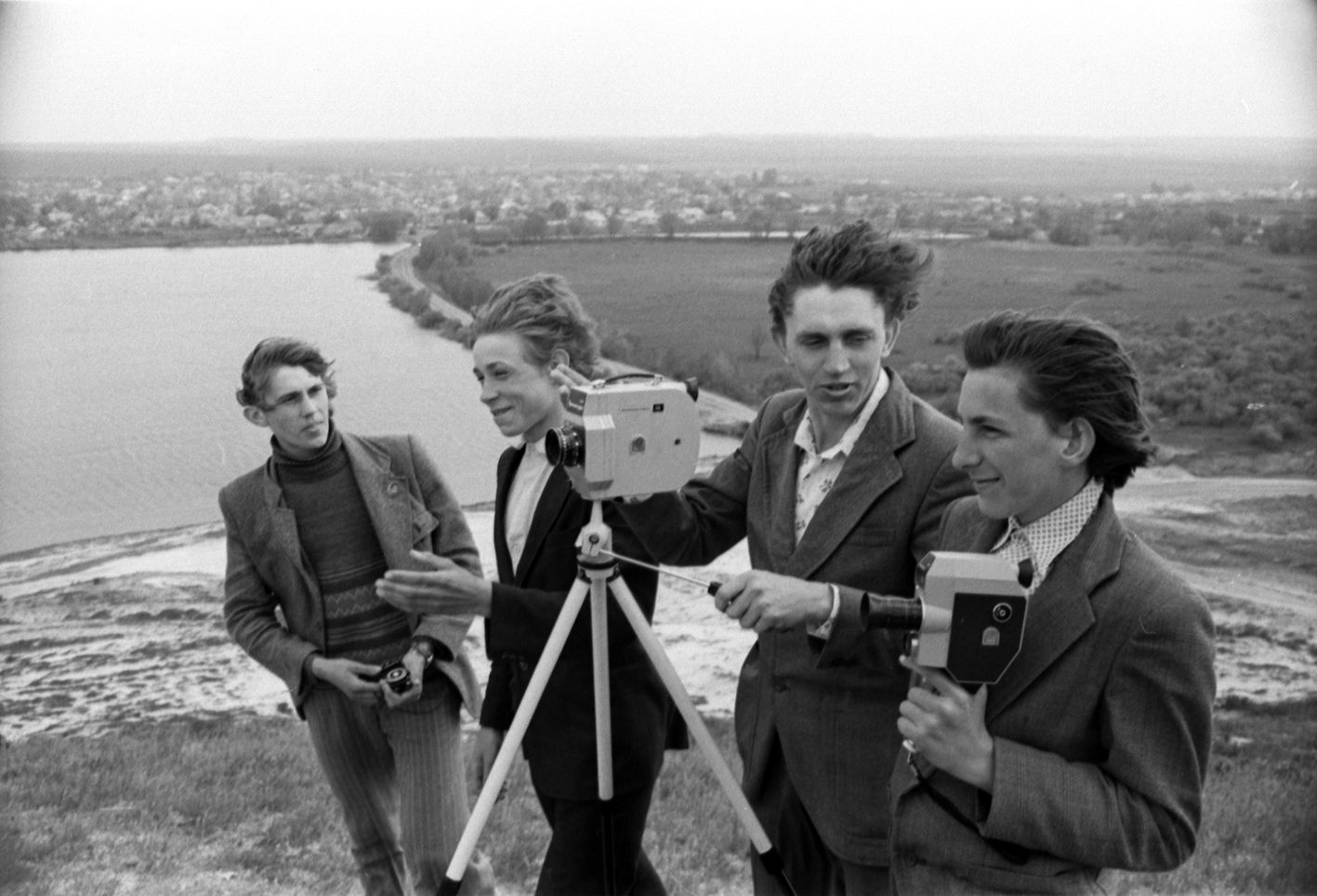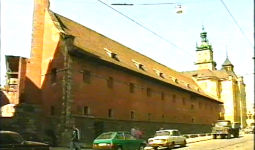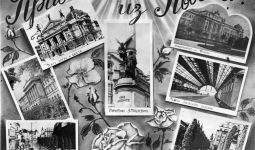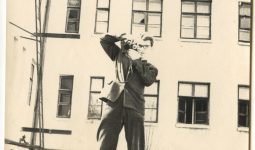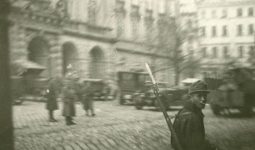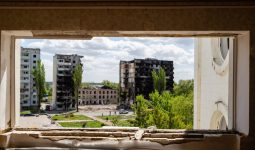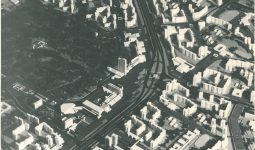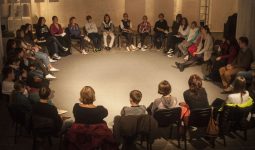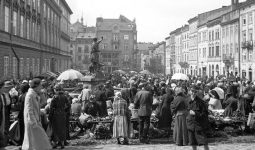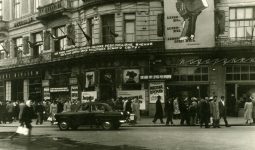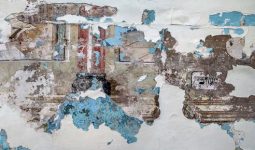Society with a Movie Camera: The History of Amateur Film Practices
Oleksandr Makhanets
This project focuses on the study of the phenomenon of amateur filmmaking, the interaction between a person and amateur film technology, and forms of visual representation through moving images. It also considers this phenomenon in a historical, social, political, and cultural context. Primarily, this refers to the period of analog media and the use of small gauge movie film (8mm, Super8, 16mm) that emerged and declined during the twentieth century. Regarding the Ukrainian context, which is the main focus of the study, except for cases from Western Ukraine, this period was even shorter and began only in the late 1950s, with the introduction of technologies into production and distribution in the Soviet Union. At that time, numerous people got the opportunity to use individual portable film cameras, which served as a tool for creativity, self-expression, entertainment, communication, and documentation of their life. Thus, amateur footage — movies created on film — serves as a source that tells the story of various social groups from a private and micro perspective. One of the tasks in the research process is to critically evaluate the potential of these sources and the information about the past they offer, as the process of creation could have involved manipulation despite the automatic registration of images; in addition, there were a number of technical, political, and cultural limitations.
This project follows the interest and attention to the peculiarities of using amateur film technology in Soviet Ukraine as a political system where social and economic processes were regulated. In this context, the development of two trends — collective and individual practice — is evident. The authorities stimulated the collectivity of amateur filmmaking by establishing and developing a network of studios and clubs, which were controlled and supported with a planned model. The individual practice involved using film cameras to capture private life and for creative expression outside the official space. In this regard, it is equally important to study and introduce Ukrainian sources to decentralize historiography related to the history of the USSR.
Another common theme of the research is the urban context, which rarely appears in the foreground but is always present in the background. Amateur filmmaking emerged from modernization and developed primarily as part of the urban lifestyle. Cities were the centers of close social contacts, information exchange, and access to the necessary infrastructure, goods, and services that constitute the subject of study. In addition, the perspective of a film camera is often the perspective of a city resident, meaning not only the literal urban landscape and what is happening inside but also the system of values and discourses transmitted through films.
The storage of these sources is, first and foremost, a constantly growing collection of amateur and home movies gathered as part of the work of the Urban Media Archive of the Center for Urban History. On the one hand, the research of these materials allows us to process and integrate a collection of visual sources created from scratch into the academic field. Whereas, on the other hand, it allows us to search for answers to questions regarding the development of visual culture and creativity, ways of interaction and building social connections based on media and technology, distribution of roles and power, regimes of seeing, ways of memorialization, forms of use and genres of amateur films, the relationship of amateur and independent cinema with the professional industry, technical limitations and determinism, and ultimately the discourse and perception of images.
The archival aspect is an integral part and prerequisite for this research focus. Throughout many years, the Center's Urban Media Archive has been forming a collection of amateur or vernacular films, working with family or minority collections that are usually unseen and neglected. Part of the research is creating accompanying oral history sources through interviews and recording testimonies about the content of movies and filming, context, conditions of their making, viewing, use, etc. In this way, we document information that was not recorded in any other way. Working with these materials brings a new perspective on history through a private scale and work with visual sources that are difficult to access from a technical point of view.
The critical point about this process of working with and researching private film archives is that it is not a one-sided process. Archiving and digitization allow their owners to see forgotten footage again, re-evaluate it, and reflect on their own past. One of the ways to interact with and inform about the importance of the heritage of moving images is to organize International Home Movie Day.
The research includes a number of public events, such as exhibitions, screenings, special programs, and participation in festivals where recovered films are shown.
Related:
- Exhibition "Society with a Movie Camera," Center for Urban History, 2021
- Special program of the Docudays festival, "Troubadours of Cinema: Scotland and Ukraine," 2021
- Participation in the series of talks and film screenings about amateur filmmaking "Narrow reels, wide eyes, Meno Avilys" (Vilnius, Lithuania), 2021
- Interview "What is vernacular or amateur cinema: two viewpoints," Korydor, 2021
- Interview "Amateur films expand our view of the past," docudays.ua, 2021
- "From the history of amateur cinema," LB.ua, 2021
Credits
Cover Image: Members of the cinema club of the house of culture in Novoaleksandrivka on the set of the film, 1981 // Central State Audiovisual and Electronic Archive // Urban Media Archive of the Center for Urban History
